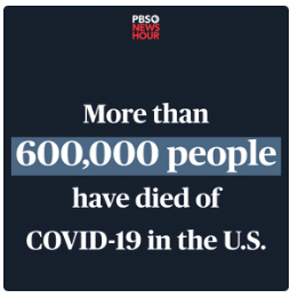Spotlight on Market Access
-
Companies Should Make Sure Patient Assistance Is Robust, Keep Eye on External Factors
Pharma manufacturers began offering patient assistance programs (PAPs) as a way to help patients afford their medications. And as list prices of drugs continue to rise, so does that assistance. Companies can take a variety of steps to make sure that their offerings are not being hamstrung due to common pitfalls and instead are truly helping patients access and remain adherent to their medicines, say industry sources. In addition, manufacturers should be keeping an eye on copay offset programs, as well as the Inflation Reduction Act (IRA), for their potential impact on PAPs.
In 2023, manufacturer-provided copay assistance in the form of coupons and debit cards offset patient costs of $23 billion, according to the IQVIA Institute for Human Data Science report titled “The Use of Medicines in the U.S. 2024: Usage and Spending Trends and Outlook to 2028. Released in April, the report also found that such assistance offset costs of $84 billon over the last five years.
-
Part D Plans Get Ready for Potentially ‘Messy’ Rollout of M3P Program
For the first time ever, Medicare Part D beneficiaries in 2025 will have the opportunity to spread their prescription drug expenses over the course of the plan year. While Part D sponsors must offer the option to enrollees effective Jan. 1, 2025, plans face multiple considerations and tasks prior to then. One of their most immediate concerns, industry experts say, is factoring in potential administrative costs and/or financial losses associated with the new Medicare Prescription Payment Plan (M3P, as many are calling it) into bids due next month.
Created under the Inflation Reduction Act, the M3P requires stand-alone Prescription Drug Plans and Medicare Advantage Prescription Drug plans to give enrollees the option to pay out-of-pocket prescription drug costs in the form of capped monthly payments versus paying the full amount at the pharmacy. Program participants will pay $0 at the pharmacy but receive a monthly bill from their Part D carrier, which must reimburse the pharmacies in full.
-
Plans Take Wait-and-See Approach to Vendors Promising Help With Weight Loss Medication Costs
As the use of and interest in GLP-1 medications for weight loss increases, numerous vendors are pitching self-insured health plans on solutions to manage the demand and high costs of the medications. However, benefits experts say employers are approaching these outside companies with caution and are still trying to figure out how to manage the significant expenses associated with GLP-1 drugs.
Chantell Sell Reagan, Pharm.D., WTW’s national pharmacy clinical leader, estimates that about 25 to 30 vendors are marketing solutions to employers to help with FDA-approved weight loss medications such as Novo Nordisk’s Wegovy (semaglutide) and Eli Lilly & Co.’s Zepbound (tirzepatide). Wegovy and Zepbound are also approved to treat type 2 diabetes under the brand names Ozempic and Mounjaro, respectively.

-
Balancing Technology, Human Touch Can Improve Therapy Access, Adherence
Emerging technologies such as artificial intelligence (AI) are being incorporated into numerous processes within the health care system with an eye on improving a wide range of results. But rather than applying them across the board, a balance must be struck between what tasks are best suited for automation and what work best when provided with a human touch.
When it comes to patient onboarding, for instance, automated solutions may help fulfill certain requirements quickly, allowing patients to start needed therapies soon. But adherence to those treatments may be better achieved with a human touch that can help personalize approaches.

-
Specialty Drug Benefits Survey Spotlights Gene Therapy, Biosimilar Strategies
While over 90% of health plans receive specialty medication rebates under the pharmacy benefit, the receipt of medical-benefit rebates has risen in the past one to two years, according to the 2024 Trends in Specialty Drug Benefits Report, published by Pharmaceutical Strategies Group, an EPIC company. The report also covered topics like the management strategies of Humira biosimilars and the financial risk associated with cell and gene therapy.
The report is based on responses from 185 benefits leaders from employers, unions/Taft-Hartley plans and health plans representing plan sponsors of approximately 86.6 million covered lives, conducted from Sept. 18, 2023, through Oct. 13, 2023.












